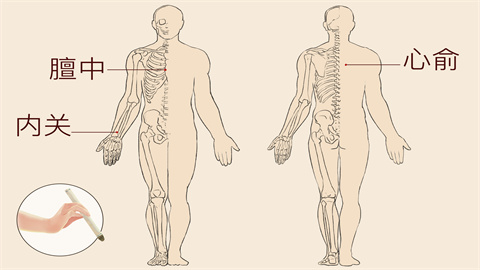Which meridian does the Heart Shu point belong to?
Under normal circumstances, the Heart Shu point (Xinshu) belongs to the Bladder Meridian of Foot-Taiyang. The detailed analysis is as follows:

The Heart Shu point is located on the back of the human body, specifically below the spinous process of the fifth thoracic vertebra, and 1.5 cun lateral to it. The inferior angle of the scapula aligns with the level of the seventh thoracic vertebra. Counting upward two vertebral segments from the seventh thoracic vertebra leads to the spinous process of the fifth thoracic vertebra. The accurate location of the Heart Shu point is approximately 1.5 cun below this point. The Heart Shu point is one of the commonly used acupoints of the Bladder Meridian of Foot-Taiyang. The Bladder Meridian is one of the twelve regular meridians in the human body, primarily running along the back and the outer side of the lower limbs. It plays a role in regulating water metabolism, promoting the circulation of meridians, and resisting external pathogens.
The Heart Shu point is primarily used for treating diseases related to the heart and mental disorders, such as chest pain, palpitations, insomnia, forgetfulness, epilepsy, as well as lung-related conditions like coughing and hemoptysis. Stimulating this point through massage, acupuncture, and other methods can harmonize qi and blood, promote meridian circulation, and thus achieve therapeutic effects.






